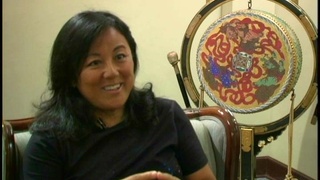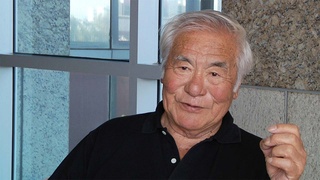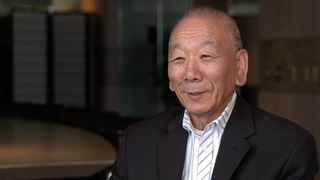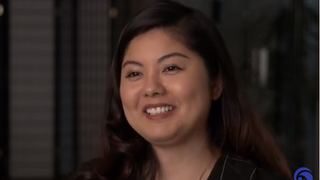Entrevistas
Explore More Videos

Esta falta de integração é uma consequência da desconfiança causada pelos acontecimentos durante a Segunda Guerra Mundial? (Espanhol)
(n. 1962) Poetisa Peruana de Descendência Okinawana

Sou japonês, sou peruano ... O que sou? (Espanhol)
(n. 1962) Poetisa Peruana de Descendência Okinawana

Identidade nikkei (Espanhol)
(n. 1962) Poetisa Peruana de Descendência Okinawana

Embaixadora da Boa Vontade (Espanhol)
(n. 1962) Poetisa Peruana de Descendência Okinawana

Histórias de imigrantes (Espanhol)
(n. 1962) Poetisa Peruana de Descendência Okinawana

The Road to Success As a Sushi Chef (Japanese)
(n. 1962) Chef especialista em sushi



Culture is an important part of one's identity
A jornalista judia e nipo-americana

Difficulty of spreading authentic sushi (Japanese)
(n. 1949) Sushi Chef. Proprietário do “Sushi Gen” em Little Tokyo, Los Angeles

Teaching how to eat sushi (Japanese)
(n. 1949) Sushi Chef. Proprietário do “Sushi Gen” em Little Tokyo, Los Angeles

Okinawan Americans
Norte-americana Okinawana, cujos pais são peruanos

General reasons why people left Japan for Peru
Norte-americana Okinawana, cujos pais são peruanos

Parents identification as Peruvian Okinawan
Norte-americana Okinawana, cujos pais são peruanos

Prejudice against Okinawans from mainland folks
Norte-americana Okinawana, cujos pais são peruanos

Atualizações do Site


Venha dar uma olhada nas novas e empolgantes mudanças no Descubra Nikkei. Veja o que há de novo e o que estará disponível em breve!
